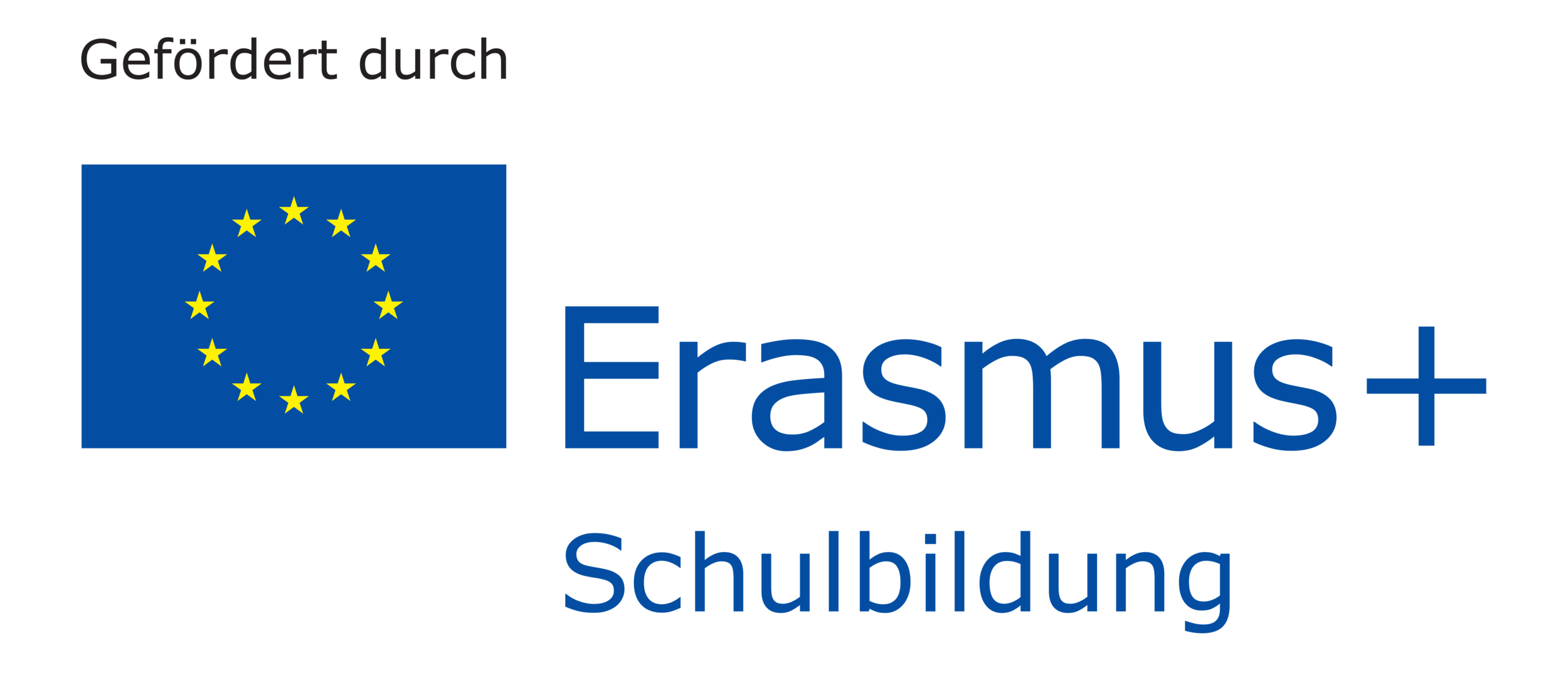Attention When Communicating With Parents
Build trust: Many parents are very excited, worried, insecure and anxious. Understandable, considering that many parents are giving their child over to foreign hands for the first time. Give the parents the chance to settle in as well. Parents have their own handbook to read, as well as the opportunity to as the educator all their questions. Let them ask and be prepared with calming and respectful answers to their questions. The parents should stay the whole time the first day or two to get to know the other parents but should be encouraged to be with each other and get to know their new community and let their children explore. If separation occurs by the third day, it should be brief (10-15 minutes). Send home the suggested “Me Book,” materials for the parents to make for their child to look at in the kindergarten. All these little things will show the parents how much of an effort you are making to help them, and their children feel comfortable.
Explain the settling-in model clearly: Whichever model your team uses, be sure to clearly explain the basics to the parents. Emphasize that the parents are to sit to the side and not play with their child during these settling in days, as it is important for the educators to form relationships with the child. Let them know how they will be asked to step outside the room and how to say goodbye to their child, etc. This could be very useful for Dominik’s mom. Perhaps this is such a new style for her that she needs to be re-explained how the settling in works and needs to work with the teachers in order for him to feel comfortable. Make it clear that they must trust you in order to feel comfortable leaving their child and let them know you want to do what you can to help them do so.
Be transparent and ask for transparency: Ask questions. Create a questionnaire. Explain. Listen. Share your observations. During the settling in period, the parents can get an insight into the educational work. This forms the foundation for a trusting partnership. Encourage them to come to you with questions and concerns, this helps to solve problems head on instead of waiting for larger ones to form.
Be positive and optimistic: If the parents feel comfortable, trust you and confidently give their child over into your hands, this will reflect on the child and make the settling in smoother. If the parent is sending conflicting signals (showing reluctance to leave during separation), the child may also reflect this insecurity in his or her own actions. Encourage parents to reflect this same positivity and optimism. Dominik’s mother may need to be told that she needs to, “Fake it 'til she makes it,” as the Americans say, and this means that she needs to show confidence in the educators and in saying goodbye otherwise he will not feel confident either.
Practice proper verbal and non-verbal communication with the parents during the settling in process. Parents should be as passive as possible while still being attentive. The parent should be asked to sit in an uninteresting corner of the room, visible to the child, but it needs to be made clear that this is the best way to help their child settle in. The parent should not play with the child. The child should learn that it is a place where you play with other children and the professionals: “I am here, you can play.” This can be reiterated to Dominik’s mom now after the three weeks of non-separation.
Be open but have conviction: The parents are the experts at home for their child. At the kindergarten, the specialist is the expert for the children's group. You know best how it works for you. Be clear about what you want and how you want to achieve it. The parents may need for you to model effective communication. In this environment, you, the educator, set the tone. You give the rules and rituals, make agreements and stress the importance of sticking to them. Reference your experience, expertise and kindergarten structures and trust your own intuition! Dominik’s mom will need to be told this in a kind and open way. Whether it’s by the educators or a supportive supervisor, she needs to be told that it is time to separate, on the education team’s terms, not on hers. There can still be flexibility and she will absolutely be called if there is a problem, however, Dominik’s mom must know and believe that he will be in good hands and it is the educator's job to tell and show her that. Send her pictures to reassure if he is not crying, report when she returns about everything he did and let her know that you will separate again the next day, perhaps for even longer (Rosenberg, 2003) (Siegel D. J., 2014) (Siegel D. J., 2018).

